Protected: Remembering a Legend: Grace Hopper
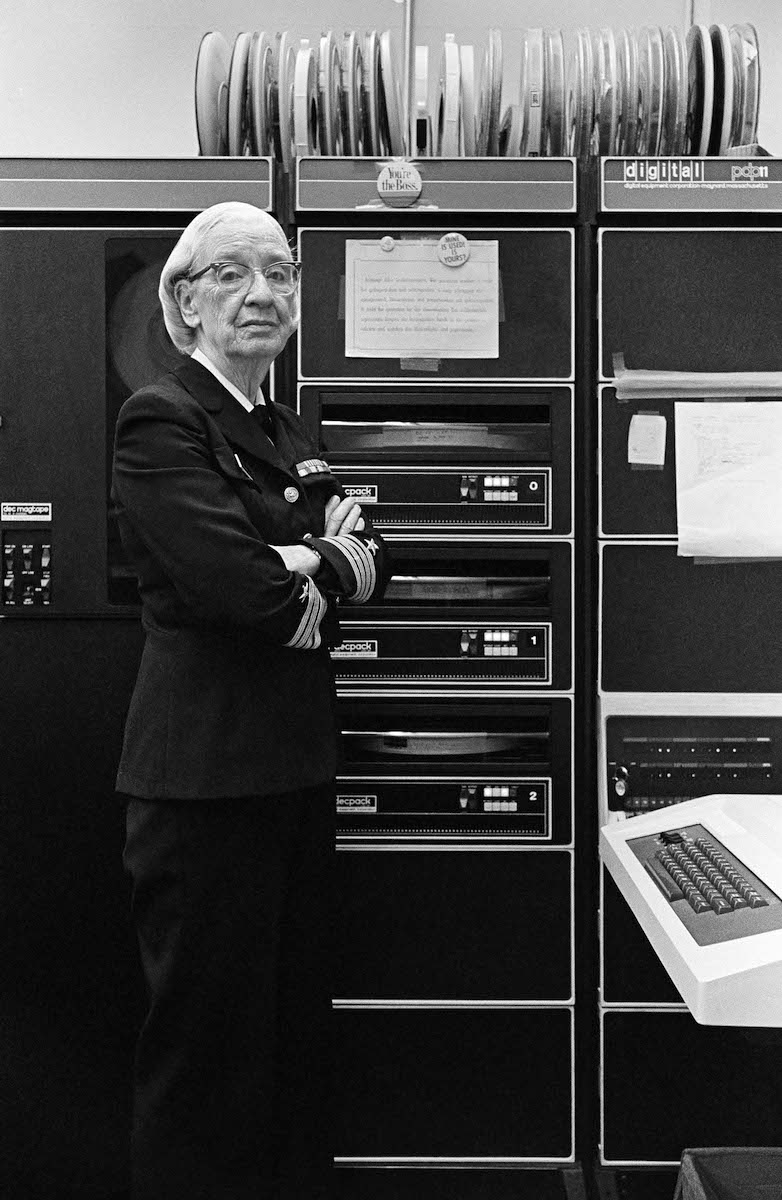
Computers are everywhere in modern society. A phone is a computer. A Chromebook is a computer. Even a credit card has a tiny computer inside to handle tap-to-pay. The technology for all of that can all be traced back to one woman’s work in the 1960s. That woman’s name is Grace Brewster Hopper.
When World War II broke out in 1939, Hopper initially tried to be commissioned to the U.S. Navy, but was rejected due to being too old at 34 years old and having too low of a weight-to-height ratio. On top of that, her job at Vassar as a professor of mathematics was considered too important to the war effort. In 1943, Hopper obtained a leave of absence from Vassar and was sworn into the United States Navy Reserve, serving in the Women Accepted for Volunteer Emergency Service, also known as WAVES.
In WAVES, Hopper was assigned to the Bureau of Ships Computation Project at Harvard, serving on the Mark I computer project, also known as the Automatic Sequence Controlled Calculator. The Harvard Mark I served many computational roles in the war effort, from calculating large mathematical tables much faster than an army of humans can, to simulating how an atomic bomb would behave for the Manhattan project, which ultimately ended the war.

After the war, Hopper continued to serve in the Naval Reserve as a mathematician and computer scientist, joining the Eckert–Mauchly Computer Corporation to work on the UNIVAC I, the first commercial general purpose computer.
As machine code was, and still is, very different from human language, thus hard to work with, she tried to get the engineers to make machine code look more like human language. However, she was turned down repeatedly since, “computers didn’t understand English.”
She didn’t give up, and “decided [the humans] ought to be able to write their programs in English, and the computers would translate them into machine code.”
“No one thought of that earlier because they weren’t as lazy as I was. A lot of our programmers liked to play with the bits. I wanted to get jobs done. That’s what the computer was there for.”
She made a program to convert other programs written in human-readable languages into machine code, AKA a compiler, for use with the UNIVAC. The program was known as the A compiler, with the first version being A-0.

The programming language that the A-0 compiler used was very limiting, and although it worked very well, improvements were needed, so versions A-1, A-2, A-3, AT-3, and B-0 were made, improving usability and changing what the language can do to fit different needs, such as A-3’s ARITH-MATIC language focusing on number crunching and B-0’s FLOW-MATIC language focusing on business use.
FLOW-MATIC, despite being leaps and bounds ahead of bare machine code in terms of usability, massively boosting the popularity of the UNIVAC, was still clunky and far from what modern programming languages look like. A meeting to discuss how to improve this situation was held April 8, 1959, and the Department of Defense was particularly interested in the effort, as they operated 225 computers, had 175 more on order, and had spent over $200 million on implementing programs to run on them, meaning any amount of improvement would mean massive improvements in time and money saved.
With the Pentagon’s help and funding, a meeting attended by many big players in the computer industry, from IBM, RCA, Honeywell, the US Air Force, etc. was held, with attendees almost unanimously agreeing on one premise for the new language being made: More people should be able to program using the language and that the new language should not be restricted by the limitations of contemporary technology. To achieve that, the language must be similar to English, be capable of change, be machine-independent, and be easy to use, even at the expense of power or efficiency.
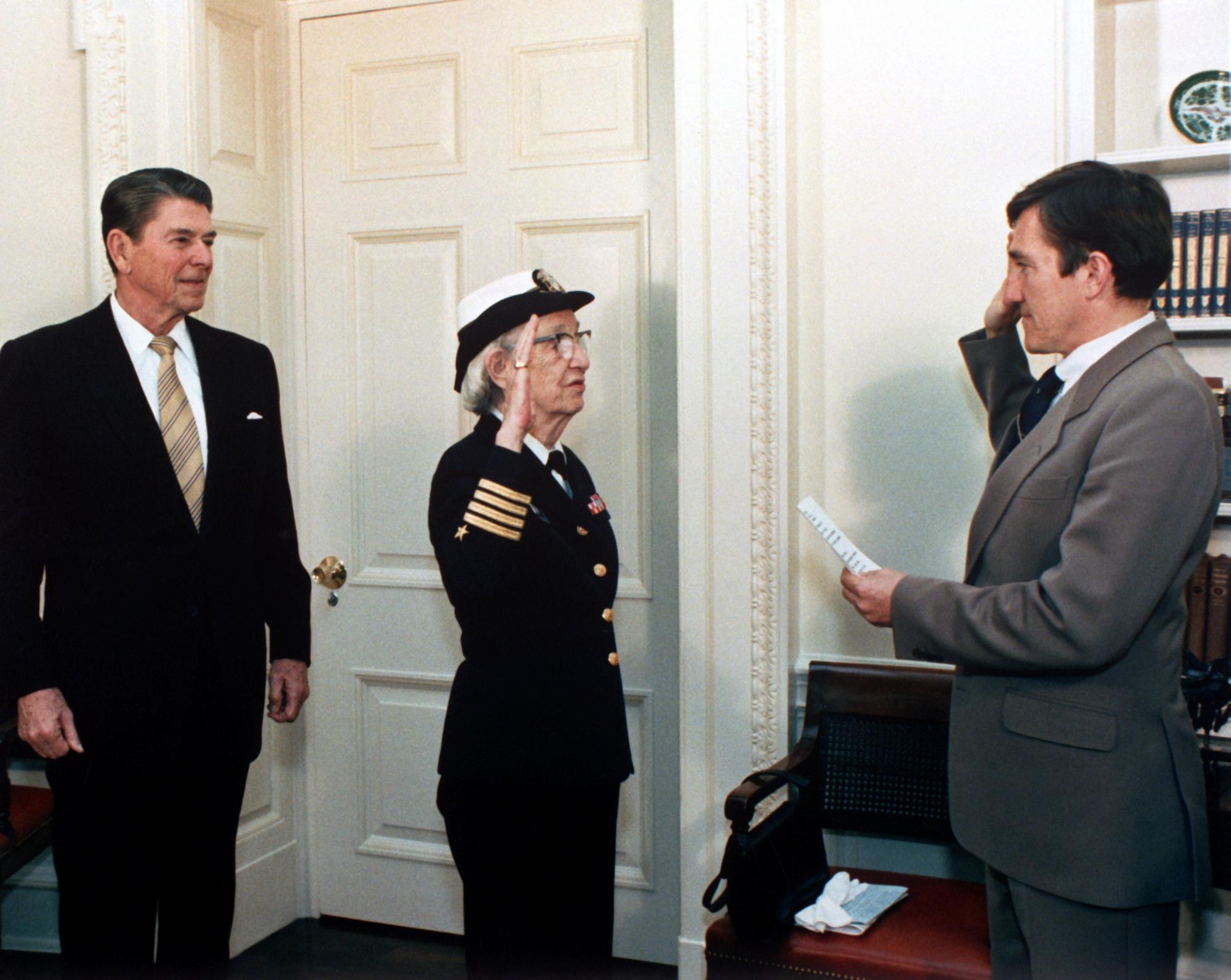
Early COBOL compilers were slow and primitive, with a 1962 Navy evaluation finding compilation speeds of 3-11 statements per minute, but improvements were rapidly made, and those improvements came with rapid adoption, as programming in COBOL was so much easier than programming in machine code, reducing development time and effort needed to do tasks on a computer. COBOL gained such widespread popularity that the American National Standards Institute created a standardized version in late 1962, with the International Standards Organization adopting that standard in 1972. Hopper’s contribution to COBOL’s predecessors and development of COBOL itself, earned her the nickname “Grandma COBOL”. In 1973, for her work as the director of the Navy Programming Languages Group in the Navy’s Office of Information Systems Planning, Hopper was promoted to the rank of “Captain.”
President Ronald Reagan promoted her to the rank of “Commodore” on December 15, 1983, via the Appointments Clause. She remained on active duty for several years beyond mandatory retirement through special approval of Congress.
Although she was officially retired from duty twice, once in 1966 and a second time in 1972, both times she was recalled back to duty, only finally ending her career in the Navy on August 14, 1986.
At the time of retirement, she was the oldest active service commissioned officer in the entire Navy, at 79 years, eight months and five days old, and to celebrate this, her retirement ceremony was held on the USS Constitution, the oldest commissioned ship the Navy has.
Hopper’s contributions to the COBOL project, and thus compilers, forever changed how computer code was created. Although writing code in raw machine language was still popular for a while, increasingly, tools to convert abstractions that are more useful to humans to machine code were being developed and used instead. The previously stated benefits of not having to think about the low-level machine code and instead being able to think in higher level logic made compilers very popular, with various programming languages for various use cases being developed over the years.
From COBOL’s slow, inefficient compilers in 1962, to BASIC bringing coding to the masses in the 1970s, from the very specialized and engineering focused Fortran in 1966 to the highly general and widely used C++17 from 2017, and now, the incredibly widely used languages in modern day, such as Python, JavaScript, C#, etc, the evolution of compilers has never stopped as people keep developing more ways to make them faster, better, more efficient, and easier to use at converting human readable languages into machine readable languages.
Your donation will support the student journalists of West High School. Your contribution will allow us to purchase Scholarship Yearbooks, newsroom equipment and cover our annual website hosting costs.
-
 FOJBalancing safety and privacy; metal detectors in schools
FOJBalancing safety and privacy; metal detectors in schools -
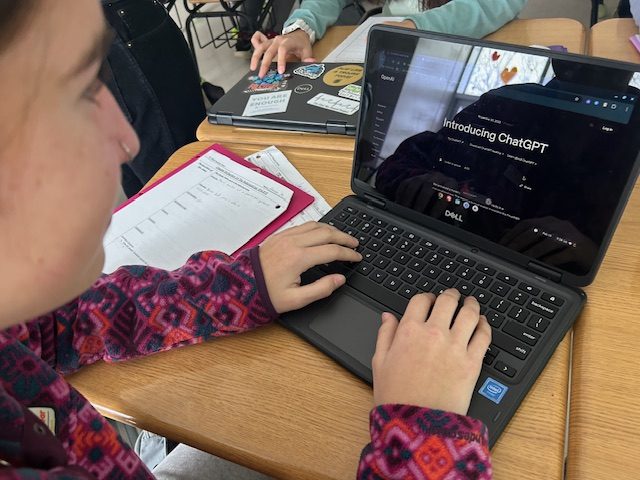 FOJThe future of education: artificial intelligence
FOJThe future of education: artificial intelligence -
FOJ73 Questions with Ms Whittaker: Behind the Scenes of our Yearbook & West Side Story Publication
-
 FOJBrain rot at West: the next digital pandemic?
FOJBrain rot at West: the next digital pandemic? -
 FOJBeyond the familiar: discover the world's most bizarre and hidden traditions
FOJBeyond the familiar: discover the world's most bizarre and hidden traditions -
 FOJNew beginnings
FOJNew beginnings -
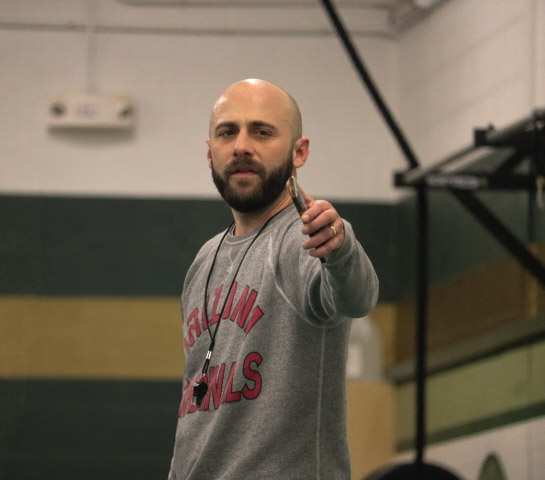 FOJA coach like no other: Coach Mettenburg inspires young wrestlers to do their best
FOJA coach like no other: Coach Mettenburg inspires young wrestlers to do their best -
 FOJHelp wanted: balancing books and paychecks
FOJHelp wanted: balancing books and paychecks -
 FOJThe cell phone ban: shaping the classroom experience
FOJThe cell phone ban: shaping the classroom experience -
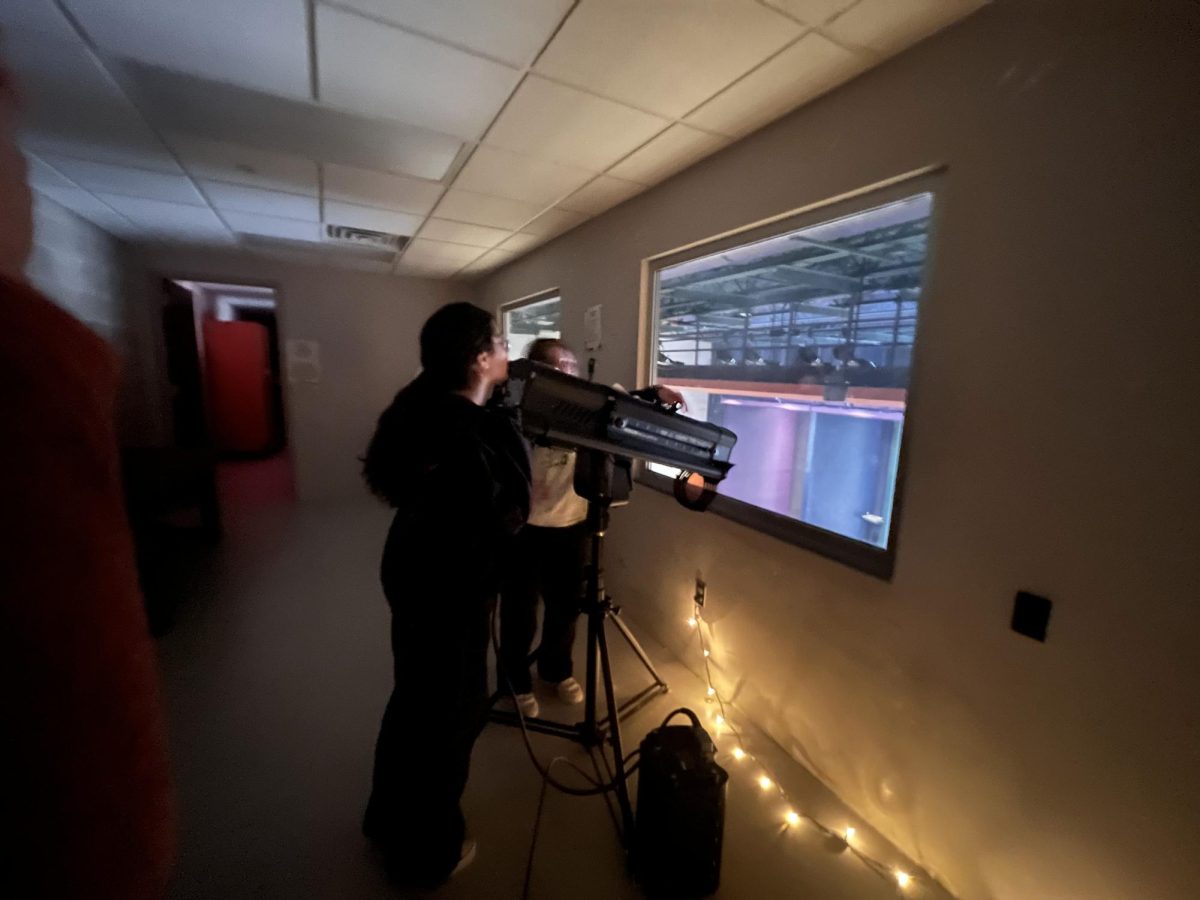 FOJAbove every great show: the crew that brings the stage to life
FOJAbove every great show: the crew that brings the stage to life
